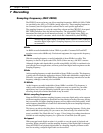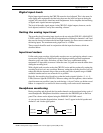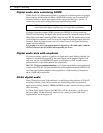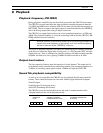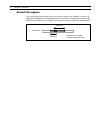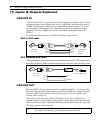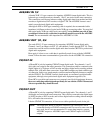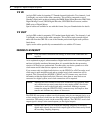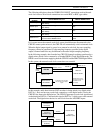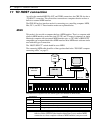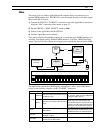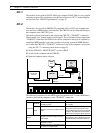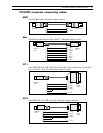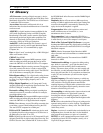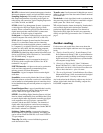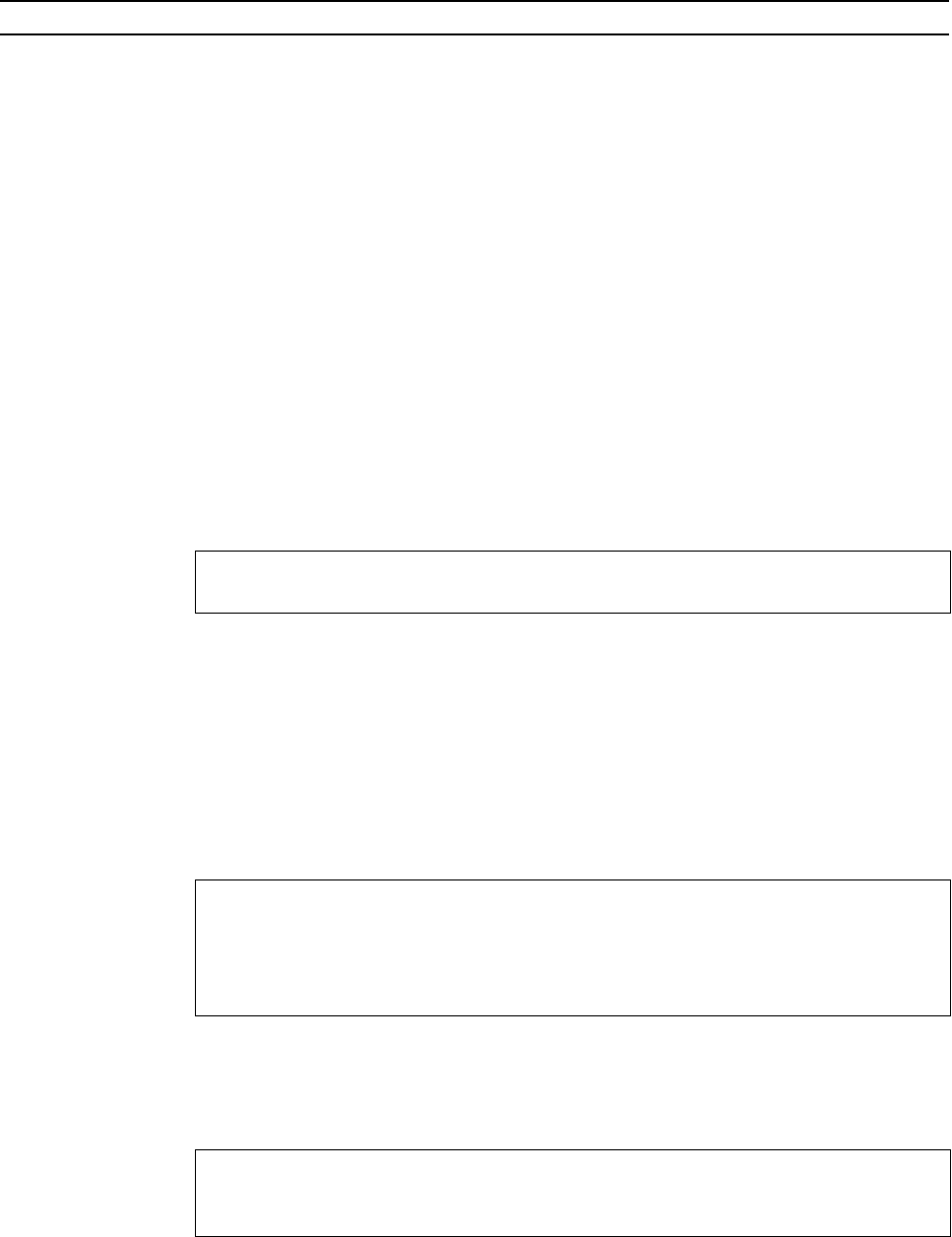
28 Chapter 10 : Inputs & Outputs Explained28 Chapter 10 : Inputs & Outputs Explained28 Chapter 10 : Inputs & Outputs Explained
Y2 IN
An 8-pin DIN socket for inputting Y2 Yamaha format digital audio. Two channels, 1 and
2 (left/right), are carried in the same connection. This could be connected to one of
Yamaha’s digital audio products including the DMR8 Digital Mixer/Recorder, DMC1000
Digital Mixing Console, DRU8 Digital Recorder, SPX1000 Effect Processor, and the
DMP series of Digital Mixers.
Special cables are available for use with this format. See your Yamaha dealer for details.
Y2 OUT
An 8-pin DIN socket for outputting Y2 Yamaha format digital audio. Two channels, 1 and
2 (left/right), are carried in the same connection. This could be used to transfer digital
audio data from the CBX-D5 to one of the Yamaha professional digital audio products
listed above.
Again, use the cables specifically recommended for use with the Y2 format.
WORD CLK IN/OUT
As we explained on page 4, when a number of digital audio devices are connected together
and data is digitally transferred between them, it is essential that the data processing
circuits of all devices are synchronized. To achieve this, one device operates as a word
clock master and all other devices operate as word clock slaves.
If you connect only two digital audio devices, say the CBX-D5 to a DAT recorder, word
clock setup is quite straight forward and no external word clock connections will be
required. This is because the AES/EBU, CD/DAT, and Y2 formats carry word clock
information within the digital audio data. However, when three or more devices are
connected in a digital system, word clock connections will be required.
The CBX-D5 can operate as either word clock master, using its own internal clock, or as
a slave sourcing its word clock from one of the digital inputs or from the WORD CLK IN
connection. This setting is made via the controlling software. The CBX-D5’s word clock
output signal is always at the same frequency as the digital outputs.
NOTE:
If all your audio connections are analog, no word clock connections are
required.
NOTE:
Although we have said that a word clock connection is not required when
only two devices are used, some devices may require a BNC word clock
connection as well as the digital audio connection. Making a separate
connection using the CBX-D5’s BNC connectors may also improve data
transfer and eliminate any chance of data errors.
NOTE:
Because the CBX-D5 can convert the sampling frequency of incoming
digital audio signals, the word clock output signal will not necessarily match
the recording sampling frequency.



